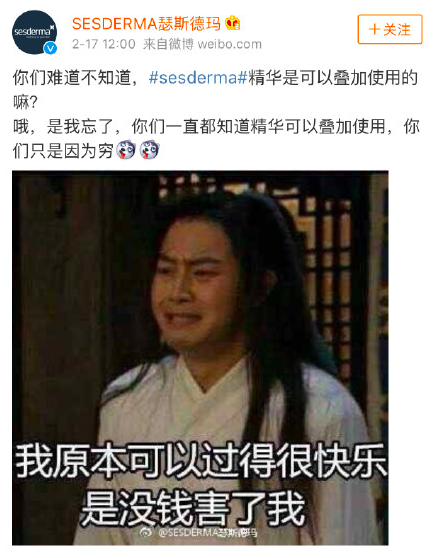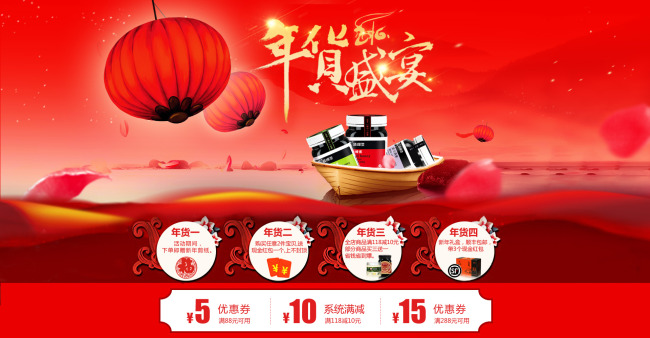Sometimes we learn more from our errors than from our success and this is one of these cases:
The vast majority of the actual medium sized companies have an obsession regarding their product. The obsession enhancing the exquisite qualities of their products prevent them to see beyond their noses in order to, surprisingly discover, that their amazing product does not fulfill the needs of the Chinese customer.

Some of these companies in their journey entering the Chinese market spend an incredibly amount of time, human and financial resources going through all types of bureaucratic complexities. To at the end, reach the conclusion that the biggest market of the world is not suitable for their company. Even the best consulting firm of the world will not be able to predict in a perfect accuracy whether your business will or will not succeed in China; the only way is to come and try. Granted, all the preliminary information you can gather will help you in order to well develop your activity, however, some parameters really escape from business control.
Philip Kotler said once “Marketing takes a day to learn. Unfortunately it takes a lifetime to master”. Philip Kotler’s core concept of marketing, which we also support, is that every business is meant to be “Need oriented”. The post-consumerism era which is immersed the western civilization diverse profoundly from the actual mindset of the Chinese consumer.
Following their mindset we found two big clusters of Chinese shoe buyers. The first big cluster we encounter is the huge “middle class”, which, obviously can be divided into a lot different clusters. However let’s keep it as a whole. This cluster, which all brands try to tackle, in general terms, is really price sensitive. So, even if western companies try to cut their margins to the minimum, rarely are going to be able to compete with Asian competitors. Granted, industries such as healthcare enjoy competitive advantages due to the increased trust in imported products. Nonetheless that is not the case for the vast majority of sectors.

On the other side we found the upper middle class, that upper middle class are the opposite of price sensitive. In fact, they are gladly willing to pay a premium to access to top brands. However, in this case, the winner will be the top brand of the industry in most of cases; leaving apart all the second tier brands. Generally, no matter how good are those second tier brands, how are good are their product, delivery and customer service, they will really need to invest a lot of money in order to effectively penetrate into the Chinese market.
——
However, there is still some hope for these high quality but not so famous foreign brands. In our next post we will reveal what we believe is the best approach for a medium size company in order to conduct a lean introduction to the Chinese market.




